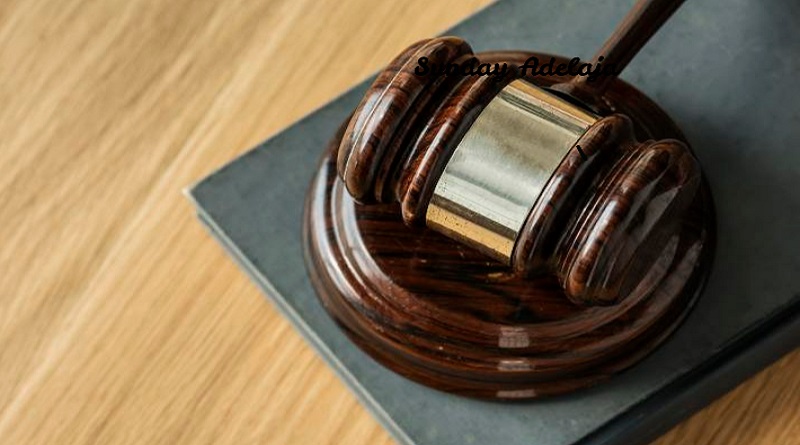3 Tips for Proving Someone’s Legal Liability in a Wrongful Death Case
In legal terms, a wrongful death occurs when a person dies because of the recklessness or negligence of a third party. Wrongful death cases can stem from a variety of different injuries but are most commonly found in automobile accidents. Statistics maintained by the NHTSA (National High Traffic Safety Administration) show that approximately 40,000 people in the U.S. die of automobile accidents every year. In order to win a wrongful death case, the plaintiff must prove that the deceased’s death was caused by the fault of the defendant. The best way to handle a wrongful death case is to hire an attorney. Here are tips on how you can prove the defendant’s legal liability.
Tip 1: Use Negligence to Prove Fault
Most wrongful death claims occur because the other party acted negligently. Learn more about wrongful death claims by visiting TheChampionFirm.com. Negligence is basically conduct that falls below the standard of care expected of a reasonable person.
The four legal elements of negligence must be proven to hold someone liable for a wrongful death
- · Duty of Care – The claimant must show that the defendant had a duty of care towards the deceased person. For example, automobile drivers must maintain a duty to drive safely. Property owners have a duty to keep their property safe.
- · Breach of Duty – Next, the claimant must prove that the defendant breached their duty of care towards the deceased person. For example, if the wrongful death was due to an auto accident, the plaintiff must show that the defendant failed in their duty of care by speeding, running a red light, texting while driving or driving while intoxicated.
- · Causation – Apart from showing that the defendant breached the duty in some way, the claimant must also prove that the defendant’s particular actions directly caused the wrongful death. Thus, even if the defendant ran a red light, they are not legally liable for the deceased’s death, if the death was due to something different, such a mechanical failure of the deceased’s car.
- · Damages – The death of the victim must have resulted in quantifiable damages, such as loss of income and potential earnings, medical expenses, loss of protection as well as pain and suffering of victim before death.
Proving these four elements of negligence in court requires producing strong convincing evidence and expert witness testimony presented by an attorney. For more information, follow this website and find how an attorney can help you when dealing with a similar situation.
Tip 2: Show the Claim is Subject to the Strict Liability of Standard Proof
Strict liability is a legal doctrine that holds someone legally liable for their actions without the need to prove fault or negligence. The law imputes strict liability to situations it considers
inherently dangerous, such as making defective products, using explosives or keeping wild animals.
Even if the defendant followed the safety requirements, strict liability crimes are unique in that the defendant would still be held responsible for the wrongful death. The claimant only needs to show that the defendant engaged in unreasonably hazardous activities that caused the wrongful death.
Tip 3: Establish Intentional Conduct
Intentional conduct is when a person deliberately does something to harm or kill others, such as poisoning them or hitting others. International torts are hard to prove than negligence since the claimant must prove that the defendant’s did something on purpose.
With a good understanding of the above information, you will have an easy time proving a wrongful death in court. However, this doesn’t mean that the outcome of the case will be straightforward. You need to have definitive evidence and proof to have a strong case. The best way to collect evidence and present your case is to hire a wrongful death attorney.



